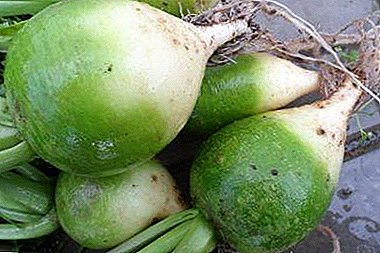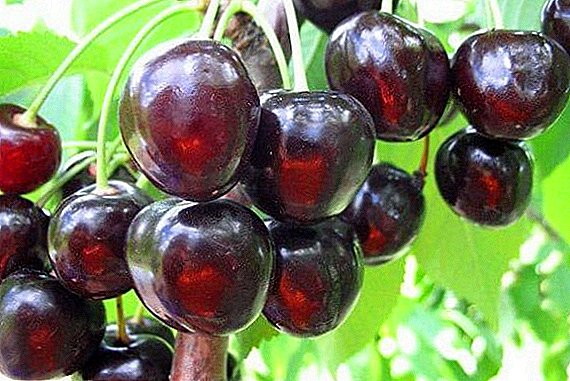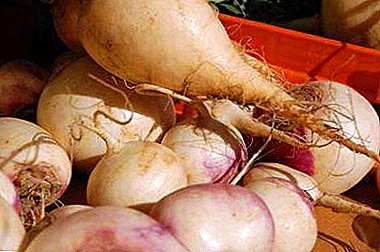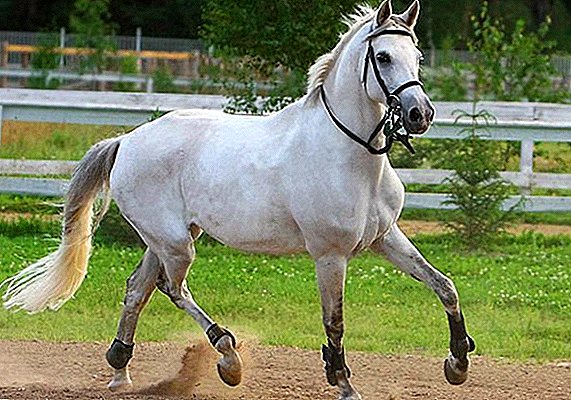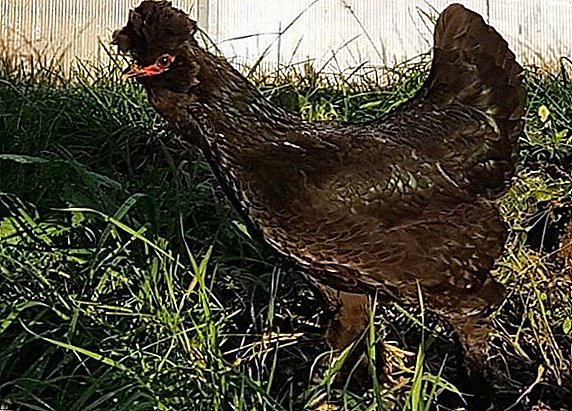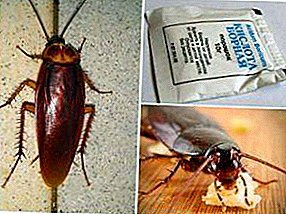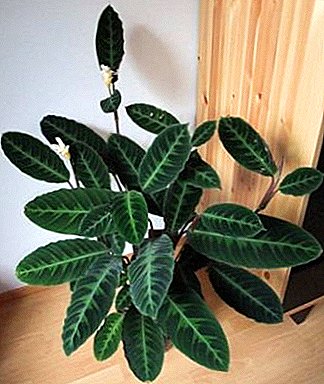
Kalateya Varshevich - an amazing plant with beautiful abundant flowering. In room conditions it is very capricious.
Recommended for growing only experienced growers.
The flower loves frequent systematic watering, additional feeding and bright light.
Plant description
Kalateya Varshevich is a large perennial. It belongs to the Marantaceae family. It grows well in the central part of the United States, Panama and El Salvador. It is a rhizomatous flower. It has shortened branches and elongated large leaves.
Leaves tied into small sockets. The length of the petioles and leaflets reaches 20-55 cm. Egg-shaped leaf plates with curved terry surface. In the upper part there is a figure in the form of a notched barlooking like a christmas tree.
There is a drawing along the central vein. Graceful light strips depart from it. The reverse side of the leaf and scapes have a brown tint.. Blossom is abundant and very beautiful. The flowers are large, beige or white shade.
They are in few-flowered inflorescences of the spike shape. Located on small peduncles crimson hue. Flowering period: May-July.
Important! A distinctive feature of the plant: at night, the leaves fold into buds, rising up. They demonstrate their reverse side of a leaf plate of brown hue.
A photo
Visually with Kalatea Varshevich can be found on the photo below:




Other flowering representatives of the genus: Calathea Saffron and Calathea Rufibarba.
Home care
Let us consider in more detail the rules of home care for Calathey Varshevich.
Watering
The plant loves frequent abundant watering. Throughout the year, they must be systematic. Re-wetting should not be allowed. This will lead to decay of the roots.
It is better to wait for the top layer to dry. It is necessary to use warm water 21-23 ° C. Water should not contain chemical impurities.
Landing
For landing is necessary choose a low acid soil. The plant feels great from 4.9 to 6.9 pH.
Importantso that the earth is loose and breathable.
You can use the purchased substrate for Saintpaulia or cooked yourself.
To do this, use leaf soil. Humus, peat and coarse sea sand are added to it. For disinfection and lightness, charcoal, pine tree bark or forest moss are added to the soil.
At the bottom of the tank stack drainage. You can use broken bricks, clay shards, pebbles. The height of this layer should be 3-5 cm, depending on the height of the tank.
Transfer
 Transplantation is carried out in the spring. It is best to use the transshipment method.. With this method, the root system is not injured.
Transplantation is carried out in the spring. It is best to use the transshipment method.. With this method, the root system is not injured.
Best of all, the plant itself feels in wide shallow pots. Do not use plastic utensils.
It emits chemicals. Drainage of pebbles or expanded clay is poured at the bottom. The vitaminized ground pours.
The plant is divided into several parts, if multiplication is used rhizomes.
If a simple transplant occurs, the plant is rolled over with an earthy clod. Then the ground is filled up.
The flower is watered abundantly and placed in a warm, windless place for rooting.
Top dressing
In the wild, the plant feeds itself with the excrement of animals, birds and dust dissolved in rainwater. The root system of Calathea Warszewicz uses rotten leaves, dead insects and other waste products.
In room conditions, the plant must provide additional feeding. Can use nitrogenous, potash or phosphate fertilizers. Also, top dressing can be mixed together in equal proportions.
Concentration should be 15-25% below the required dose. It is recommended to use fertilizers as often as possible, but with a smaller amount of dose.
Breeding
Propagated by cuttings or rhizome. When transplanting the root system of a plant is divided into several equal parts. It is important that several developed shoots remain on the bush.. Once every 4-5 years, the plant must be completely renewed.
From the mother flower cut the stalk. You can use the stems remaining from the formation of the crown. The length of planting material should be at least 9-12 cm. On the stems should be internodes in the amount of 3-5 pieces.
If the leaves are too low, they are cut off, leaving a knot for rooting. The cutting is placed in water or a moistened substrate of sand and peat. At the bottom of the tank pour drainage.
Perfect sphagnum or small shards. From above do the mini-greenhouse from a plastic bag.
 Seedlings are placed in a warm, windless place. The optimum temperature for rooting is 21-24 ° C.
Seedlings are placed in a warm, windless place. The optimum temperature for rooting is 21-24 ° C.
Once a day, seedlings are ventilated by removing the plastic bag. Soil plentifully watered.
Under good conditions, rooting occurs very quickly. After 14-21 days the cuttings should go to growth.
After full rooting, they are transplanted into permanent containers. You can plant several copies in one pot. In this case, the plant will be more lush, and flowering abundant.
Temperature
The plant does not like sudden changes in temperature.. Throughout the year, temperatures can vary from 19 to 24 ° C. The flower does not like strong drops between day and night hours.
This representative of the flora can not be carried out on the open balconies, put on the windowsill next to the cold window, open the frame in the winter. The optimum soil temperature should be between 21-22 ° C.
With a strong overheating or overcooling of the root system, the flower can become very sick and die.
Air humidity
In tropical climates, this figure is always very high. Due to the increased air humidity this representative of the flora grows large leaves. In room conditions, Calatheus Warszewicz can adapt to dry air.
But at the same time he will be very sick. And the leaves of the flower will be much smaller than usual. That is how the pet reacts to the room atmosphere and low humidity.
Therefore, the plant is sprayed several times a day with water. And the capacity is put on a pallet with moss moistened. When evaporation of moisture in the pan add water at room temperature.
Lighting
 Loves bright natural light. Dying from prolonged exposure to the sun.
Loves bright natural light. Dying from prolonged exposure to the sun.
When exposed to direct sunlight, brown spots appear on the leaves. The leaves begin to dry and curl.
When growing in the shade, the plant loses its decorative effect. The length of daylight hours must be at least 15-17 hours..
Therefore, in winter, the flower requires additional artificial lighting.
Diseases and pests
If the leaves begin to turn yellow and brown spots appear on them, there was a waterlogging of the soil. The plant needs to be transplanted into a more breathable substrate and stop watering for a while.
If the tips of the leaves begin to dry - around the plant is too dry air. Regular spraying of water from the sprayer should be ensured. And put the pot on the container with moistened moss.
If the leaves become covered with brown spots and turn pale - the plant does not have enough sunlight. The flower must be moved to a lighter room.
Kalateya Varshevich is a flowering perennial. Flower propagated by cuttings and dividing the root system. Sick only with improper care.
Loves bright natural lighting, frequent year-round watering, feeding, high humidity. Blooms profusely and very beautiful. The flowers are large, beige or white shade.





